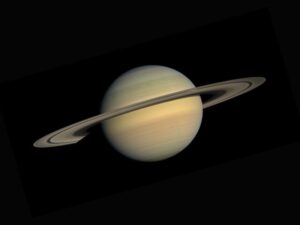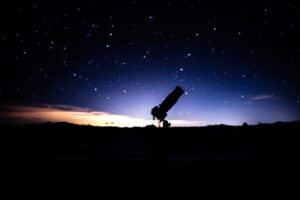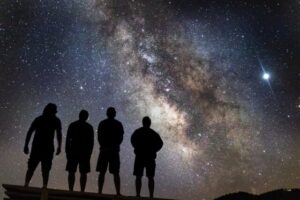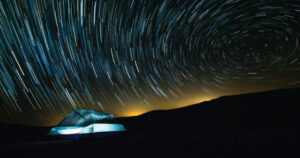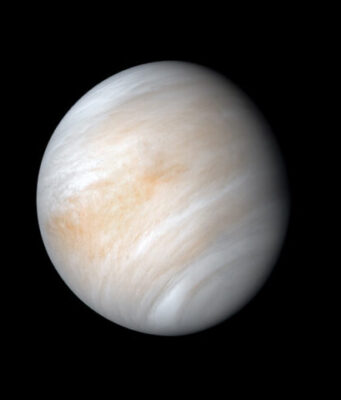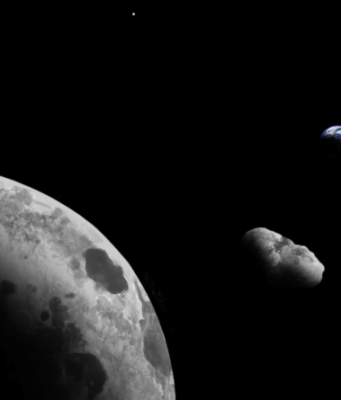A team led by experts at Cardiff University has provided new evidence to explain why deep sea creatures were able to survive the catastrophic asteroid strike that wiped out the dinosaurs 65m years ago.
Like the dinosaurs themselves, giant marine...
ExoMars first light - annotated. Credit: ESA/Roscosmos/CaSSIS
The ESA–Roscosmos ExoMars spacecraft are in excellent health following launch last month, with the orbiter sending back its first test image of a starry view taken en route to the Red Planet.
In the...
The Fornax Galaxy Cluster is one of the closest of such groupings beyond our Local Group of galaxies. This new VLT Survey Telescope image shows the central part of the cluster in great detail. At the lower-right is the...
An artist's conception of an exoplanet courtesy of NASA/Ames/JPL-Caltech.Credit: NASA/Ames/JPL-Caltech
Planet-hunting is an ongoing process that's resulting in the discovery of more and more planets orbiting distant stars. But as the hunters learn more about the variety among the tremendous...
An image of the deep radio map covering the ELAIS-N1 region, with aligned galaxy jets. The image on the left has white circles around the aligned galaxies; the image on the right is without the circles.Credit: Prof Russ Taylor
Deep...
Astrophysicists at the University of Birmingham have used data from the NASA Kepler space telescope to discover a class of extrasolar planets whose atmospheres have been stripped away by their host stars, according to research published in the journalNature...
Possible manifestations of brown dwarfs (artist's impression). As brown dwarfs are nearly invisible in the optical light and only emit radiation in the IR regime, they exhibit different colors in that range.Credit: AIP/J. Fohlmeister
When re-analysing catalogued and updated observational...
Artist's interpretation of a hypothetical moon in orbit around a planet found in a tight-knit triple-star system.Credit: NASA/JPL-Caltech.
Crisp, clear images of a "hot Jupiter" system captured by a University of Notre Dame physicist were vital in determining that a...
This computer-simulated image shows a supermassive black hole at the core of a galaxy. The black region in the center represents the black hole’s event horizon, where no light can escape the massive object’s gravitational grip. The black hole’s...
Ultraviolet processing of pre-cometary ices (left) reproduces the natural evolution of interstellar ices observed in molecular clouds (right, the 'Pillars of Creation'), leading to the formation of sugar molecules.Credit: Image at left © L. Le Sergeant d’Hendecourt (CNRS) Image...
A sky survey image of the massive galaxy NGC 1600, and a Hubble Space Telescope closeup of the bright center of the galaxy where the 17-billion-solar-mass black hole -- or binary black hole -- resides.Credit: ESA/Hubble image courtesy of...



